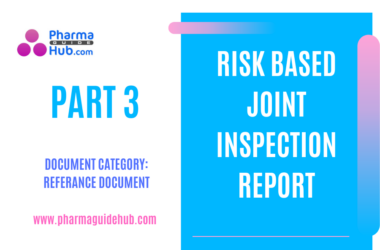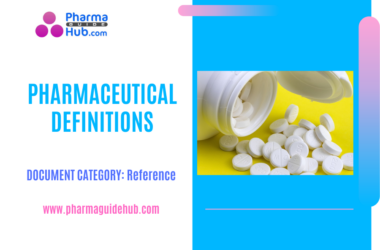
Sterility Test Method Validation is the process of verifying that a sterility testing method is capable of detecting the presence of microorganisms in a product or material. It involves evaluating the test method’s sensitivity, specificity, and reliability to ensure it can consistently detect microbial contamination.
The validation process typically includes:
- Method suitability testing: Assessing the test method’s ability to detect microorganisms in the presence of the product or material being tested.
- Detection limit testing: Determining the minimum number of microorganisms the test method can detect.
- Specificity testing: Verifying the test method does not produce false positives or false negatives.
- Robustness testing: Evaluating the test method’s performance under varying conditions (e.g., temperature, humidity).
- Repeatability and reproducibility testing: Assessing the test method’s consistency and reliability within and between laboratories.
Sterility Test Method Validation is crucial in industries like pharmaceuticals, medical devices, and biotechnology to ensure the quality and safety of products intended for human use. It helps to:
Enhance product quality and patient safety
Ensure compliance with regulatory requirements (e.g., USP, EP, ISO)
Prevent false positives or false negatives
Minimize the risk of product contamination


